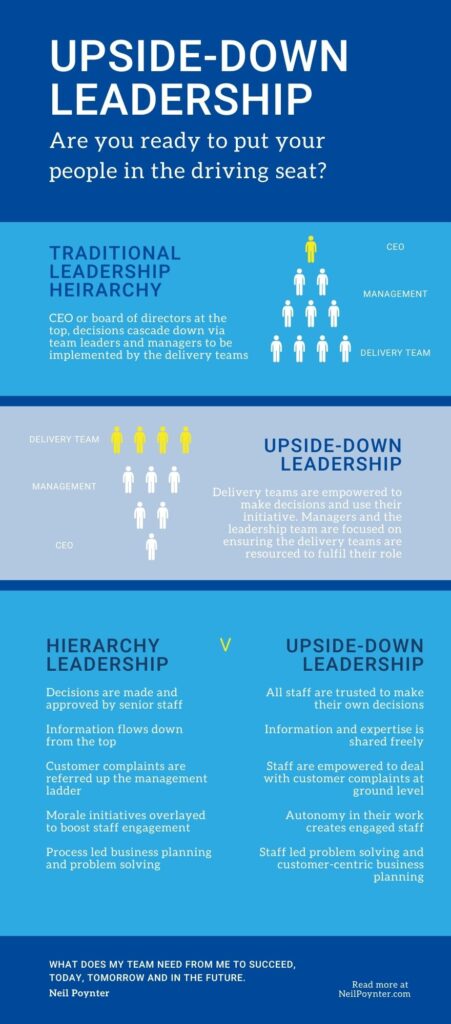Challenges and crises, big and small, are a fact of business life. How leaders rise to those challenges is often the difference between success and failure for a business and its employees.
Leadership, when things are going well, is easy and often fun. We set plans, make decisions and our teams go off and execute – we succeed and celebrate. It’s when life gets challenging and difficult, that we as leaders, need to step up. It’s when times are hard that your teams turn around and look to you to ask; “So what happens next, what do we do?”
When we are facing a crisis, from changes in supply chains to global pandemics, we have to be more thoughtful in our decision-making and leadership. I’ve identified five questions that leaders can ask themselves as they move through a business challenge to ensure that they’re leading with integrity and for the good of their company and its community.
Do I fully understand the situation that I find myself in and what the impact of that is on my business?
Understanding the situation you’re in is a mix of insight and foresight.
Insight is understanding what has happened to the business and why it has happened.
Foresight is being able to see ahead and understand what that means for the organisation going forward. This detailed comprehension of a situation and it impacts means that leaders are able to move confidently to the next step.
Am I making the right decisions and making the right plans in order to match our situation?
Decision making and the plans that develop from those decisions need to be grounded in the insight and foresight of point one. Leaders need the ability to see decision making as an active process, where they check that their decisions are in line with their understanding and impact of the challenges they face.
Am I actively engaging and generating morale and motivation for my people?
Great leadership is built on the trust between you and the people who have to do the work you ask of them; to execute plans, lead teams and deliver results.
A part of building this trust is being visible and available to your people, showing up for them when they need you. Good morale is created when people feel listened to and valued.
Reflecting on how you engage with your people and generate a positive environment for morale to thrive is an important part of leading in troubled times.
Am I monitoring the delivery and execution to make sure it’s happening?
If you’ve got steps one, two and three right you’re at the execution stage of your plan. You’re ready and standing by to support your team and drive the execution and delivery of your plan. This isn’t about you doing, it’s about being available to pick up and respond to problems and keep the plan motoring forward.
Which leads neatly to the final question…
Is the delivery and execution matching those plans and decisions?
Leadership through a crisis is a circular process, with even more need than usual for you to be constantly reviewing progress against the initial analysis and planning phase.
We all know that no plan survives first contact with reality, things are going to change and new decisions will need to be made and plans tweaked, teams re-engaged and tasked with delivering the modified plans.
Which means that you need to be constantly reviewing whether you’re delivering against the situation you find yourself in.
Leading an organisation through a crisis period, set of challenges or business pivot, requires leaders to be more engaged and more visible in the process. These five questions will help you focus on each stage of the process and ensure that you’re being the leader your team can trust.


